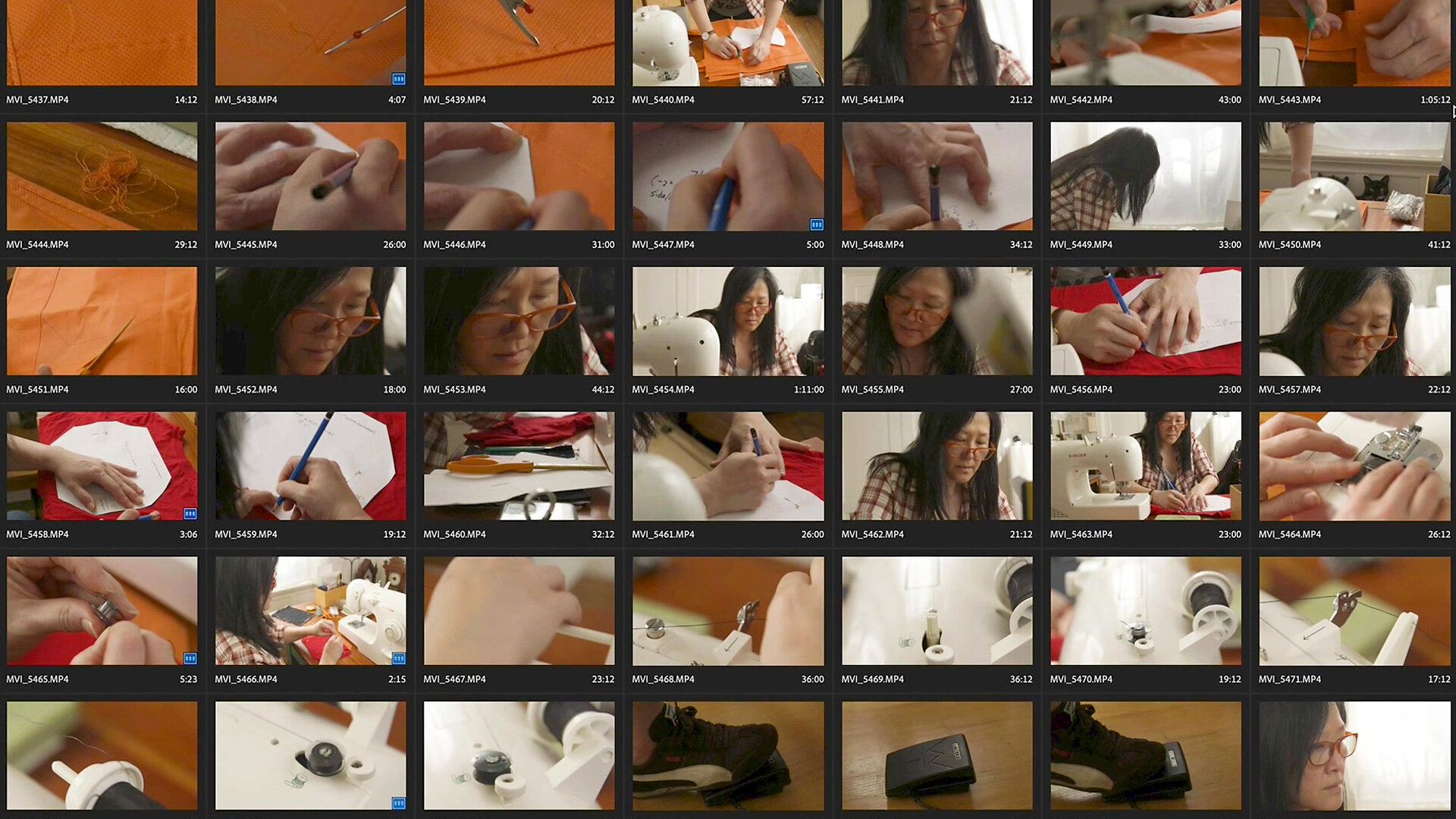When making an instructional video you need B-roll. Lots of wonderful B-roll. In our part 1 video, we discussed how to figure out what b-roll shots you need and which you don't.
In this video, part 2, we give you tips on shooting that B-roll. How to get in close for insert shots, how to light them, and how to get enough B-roll coverage to work in the edit.












